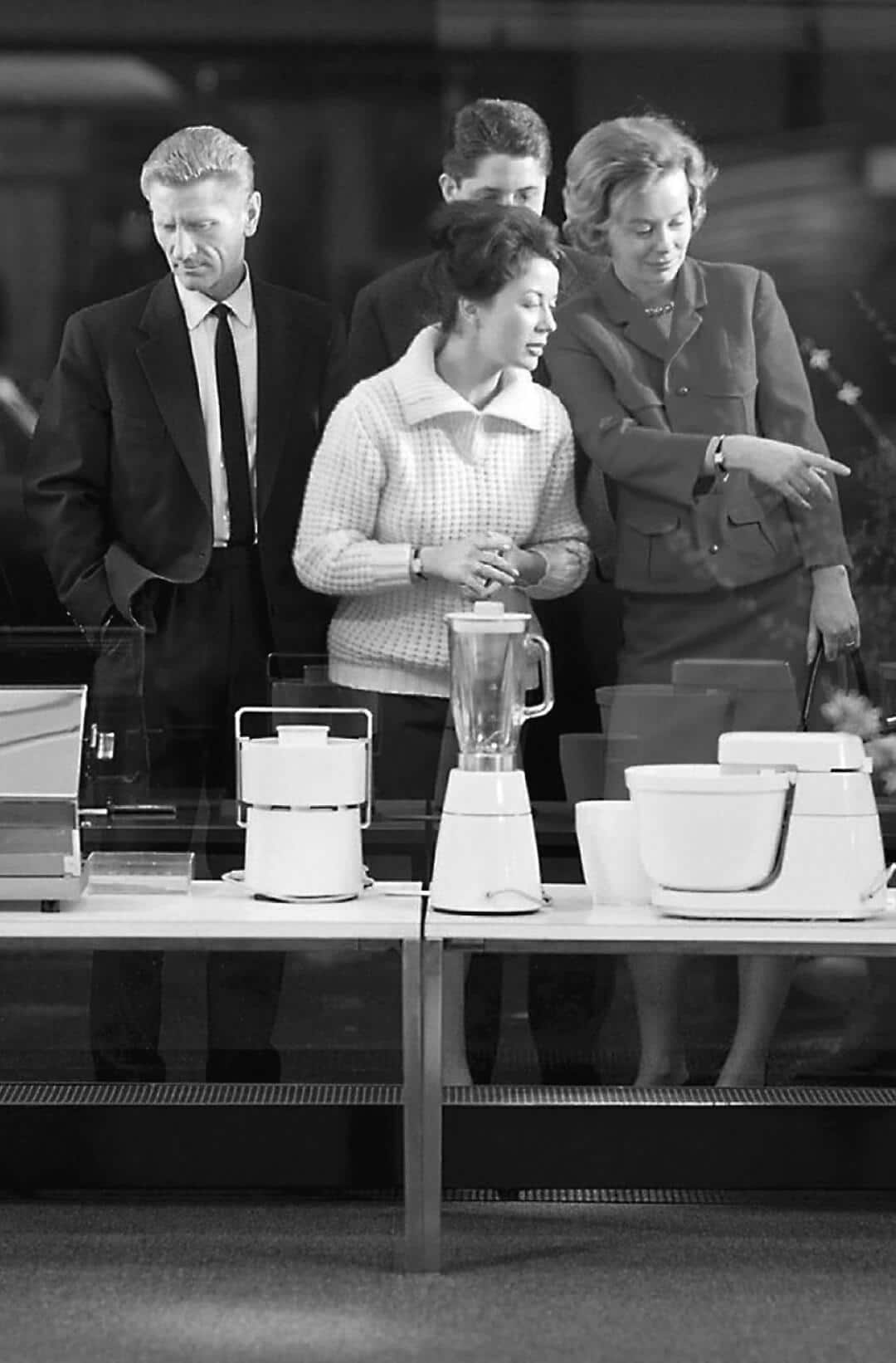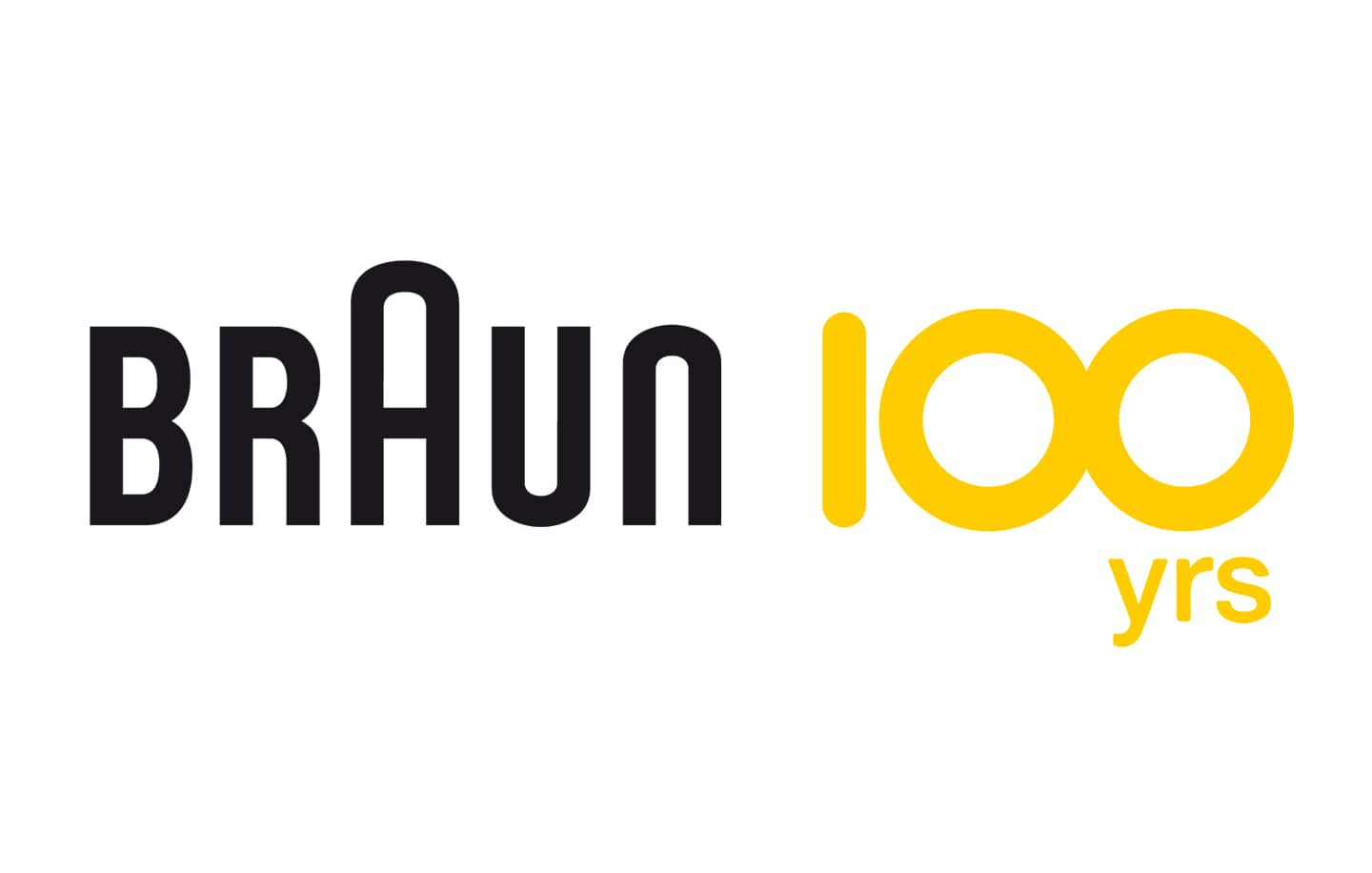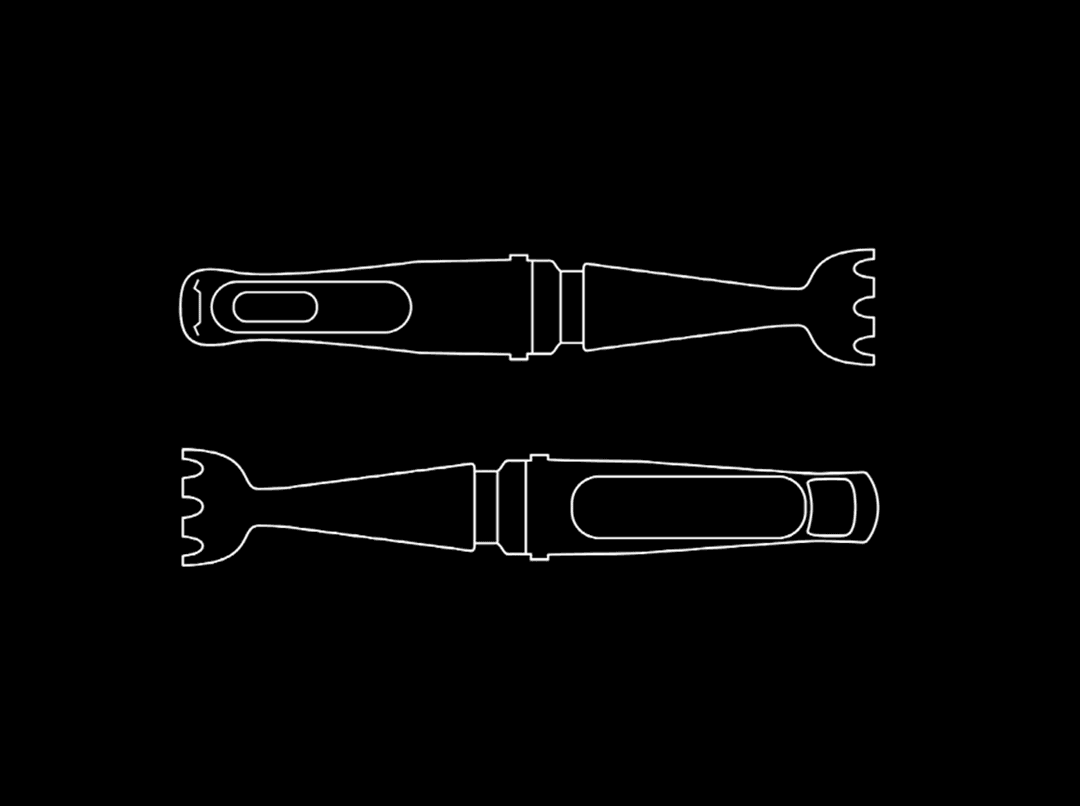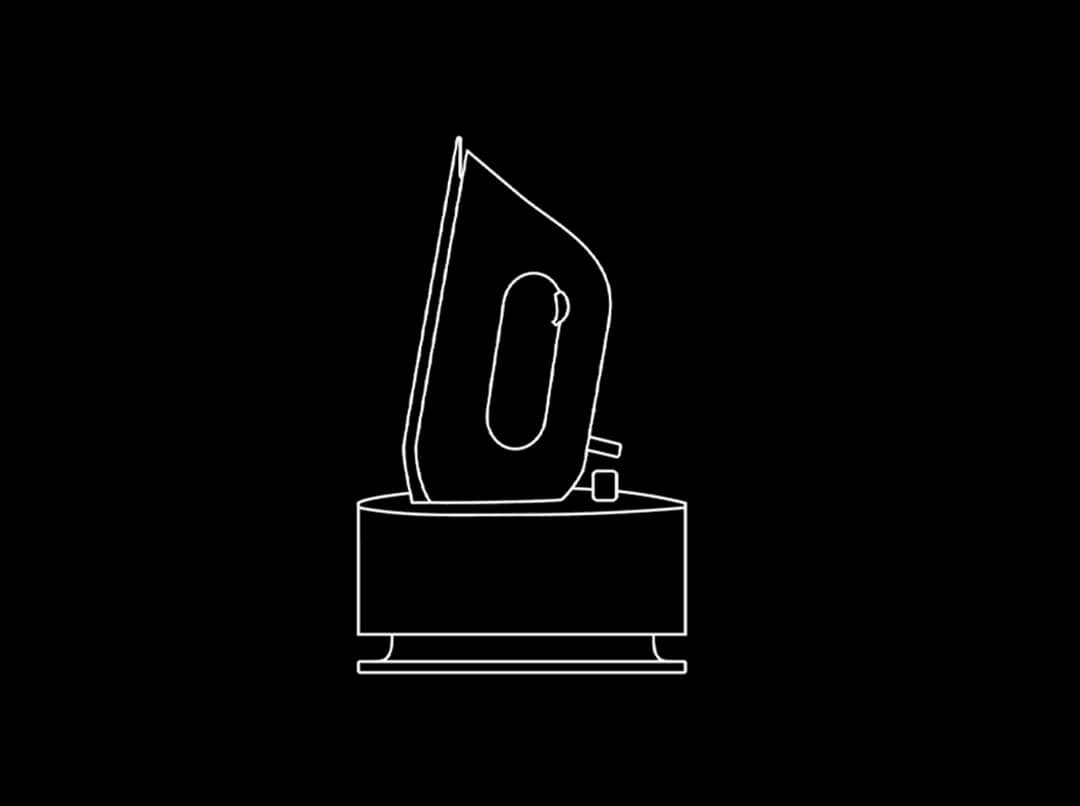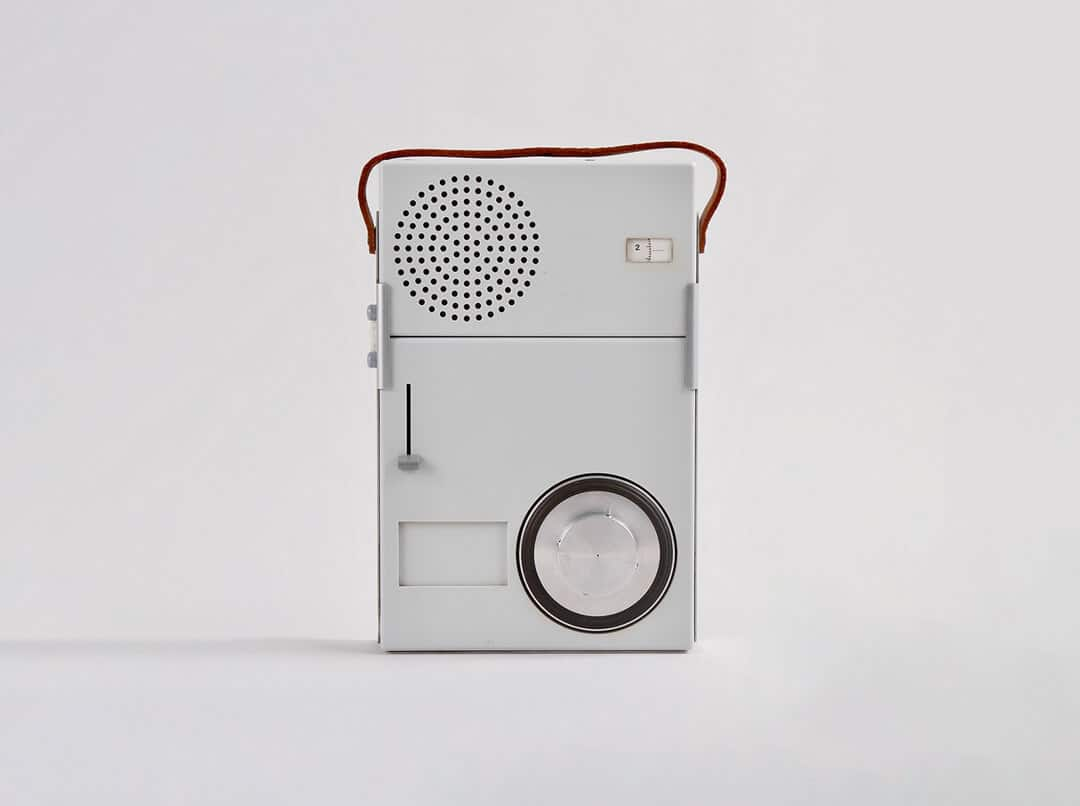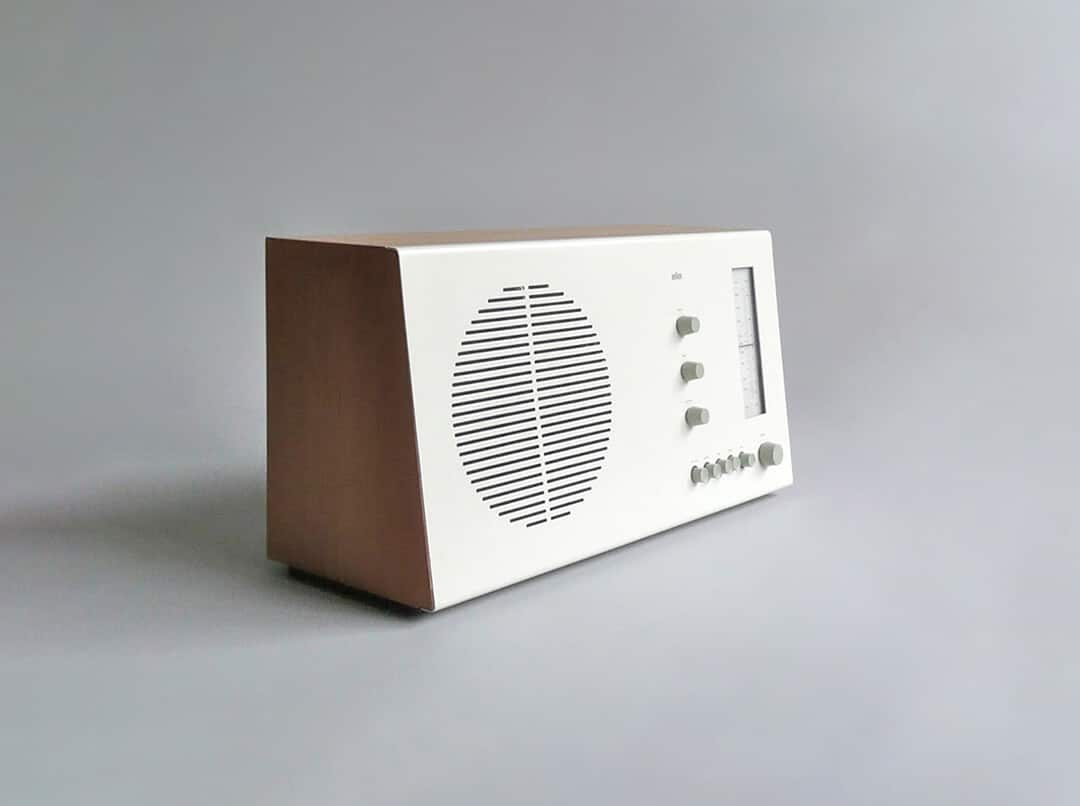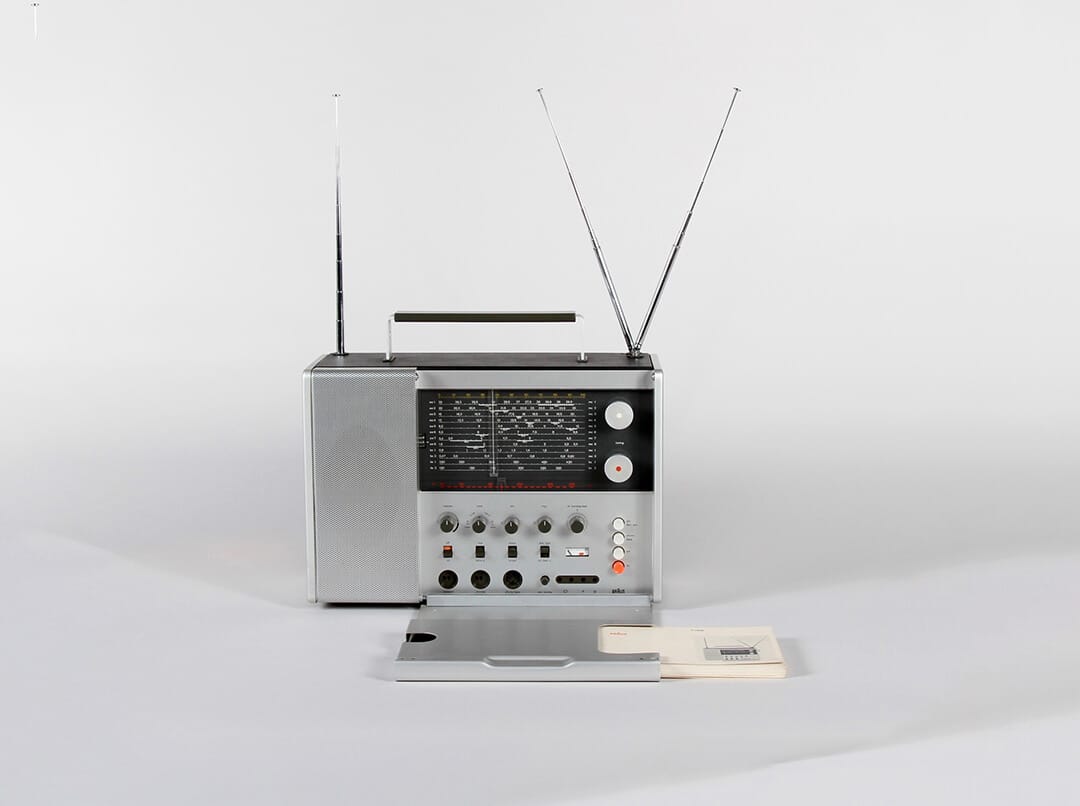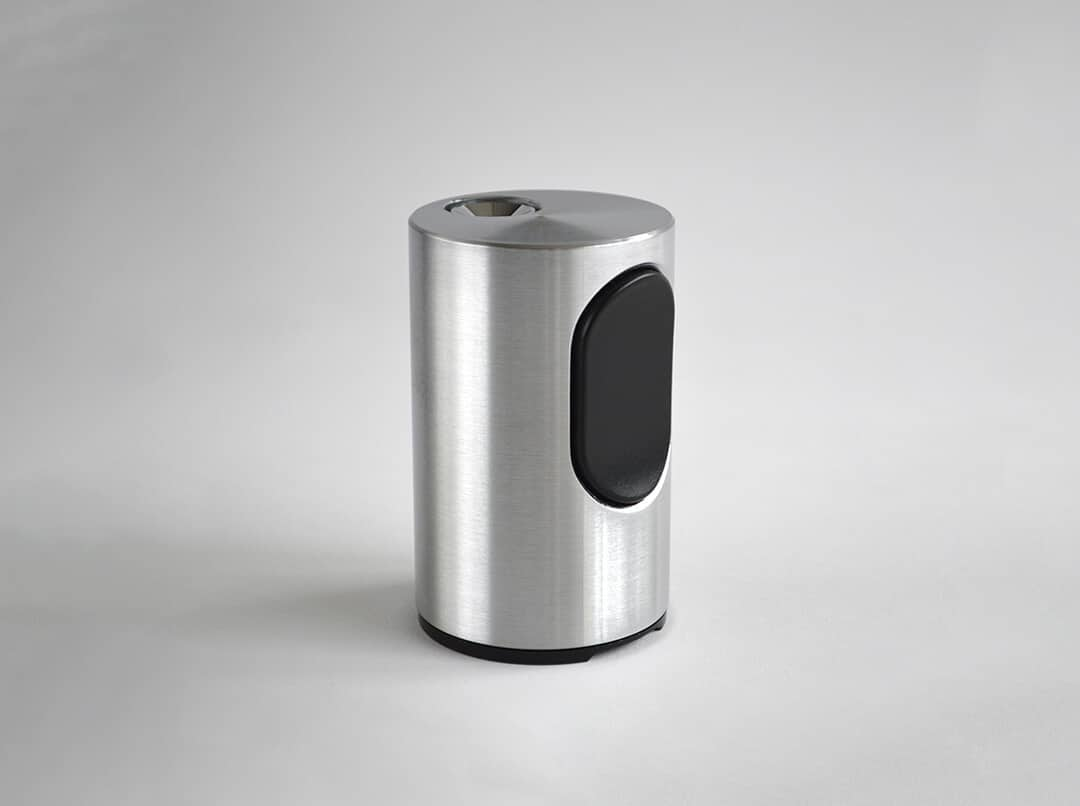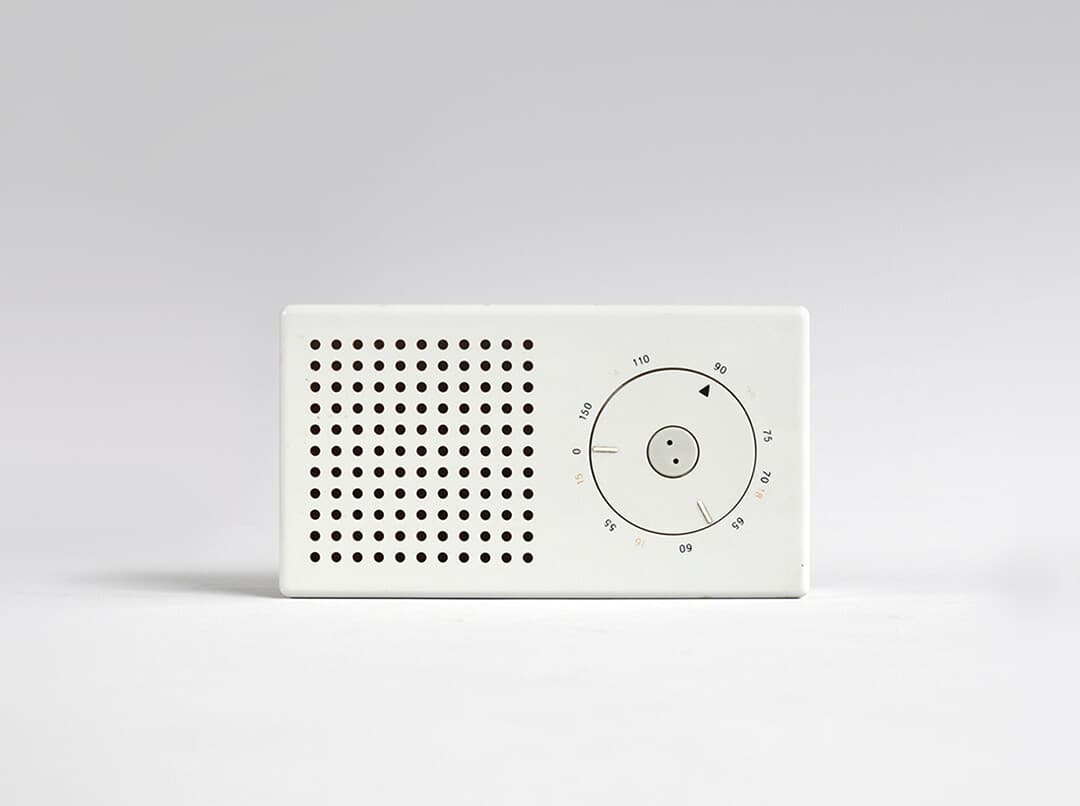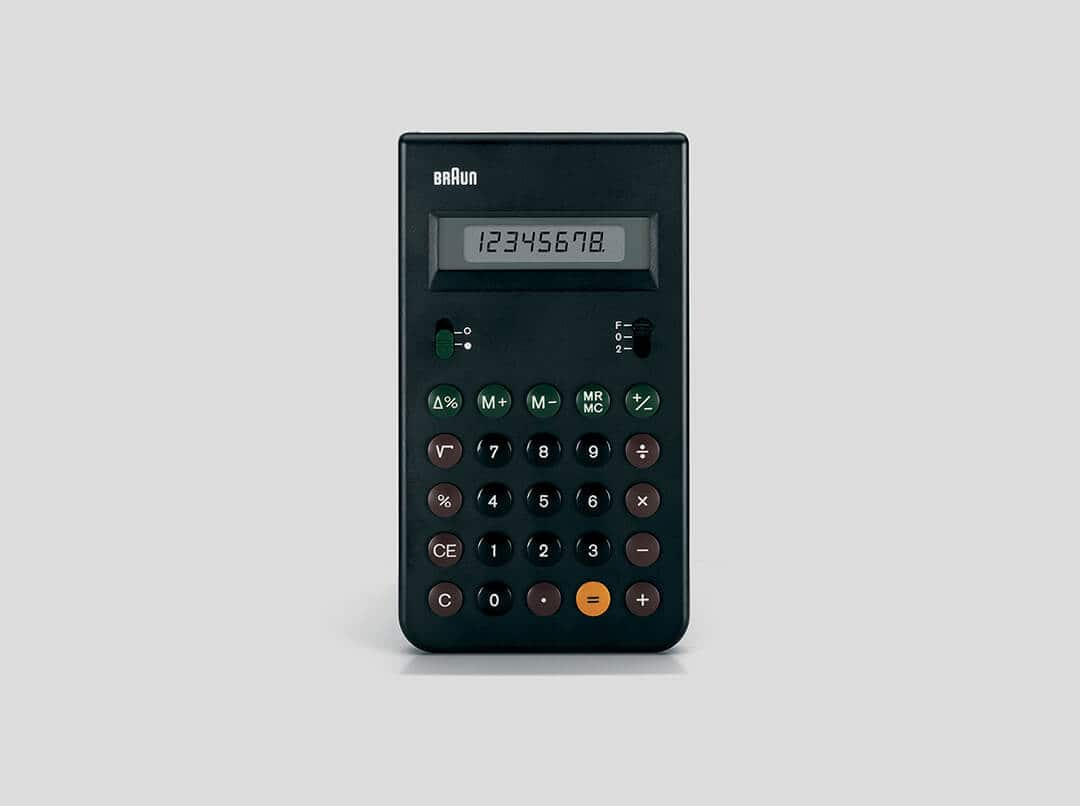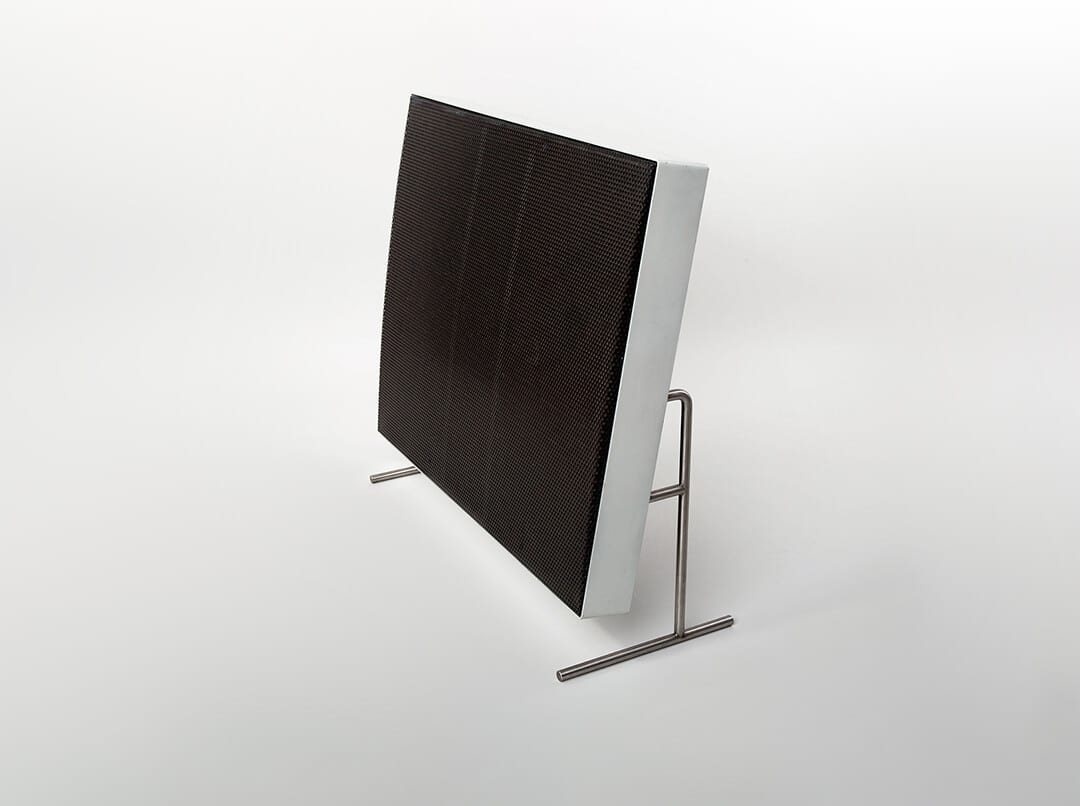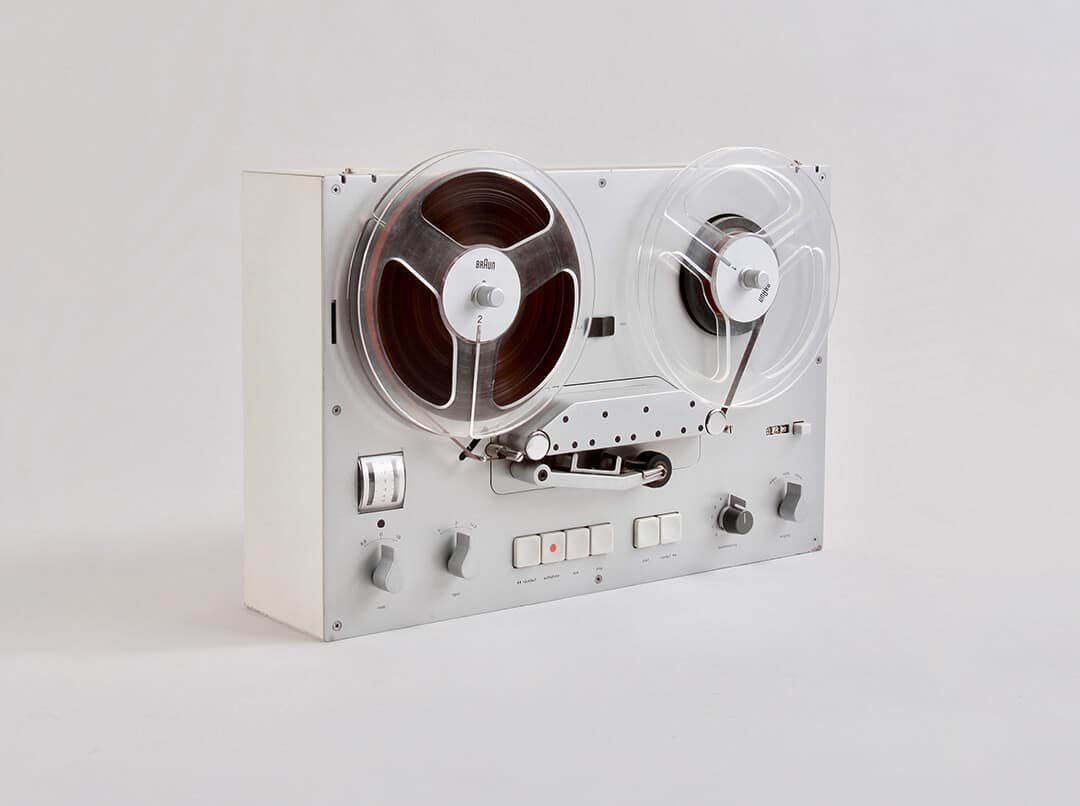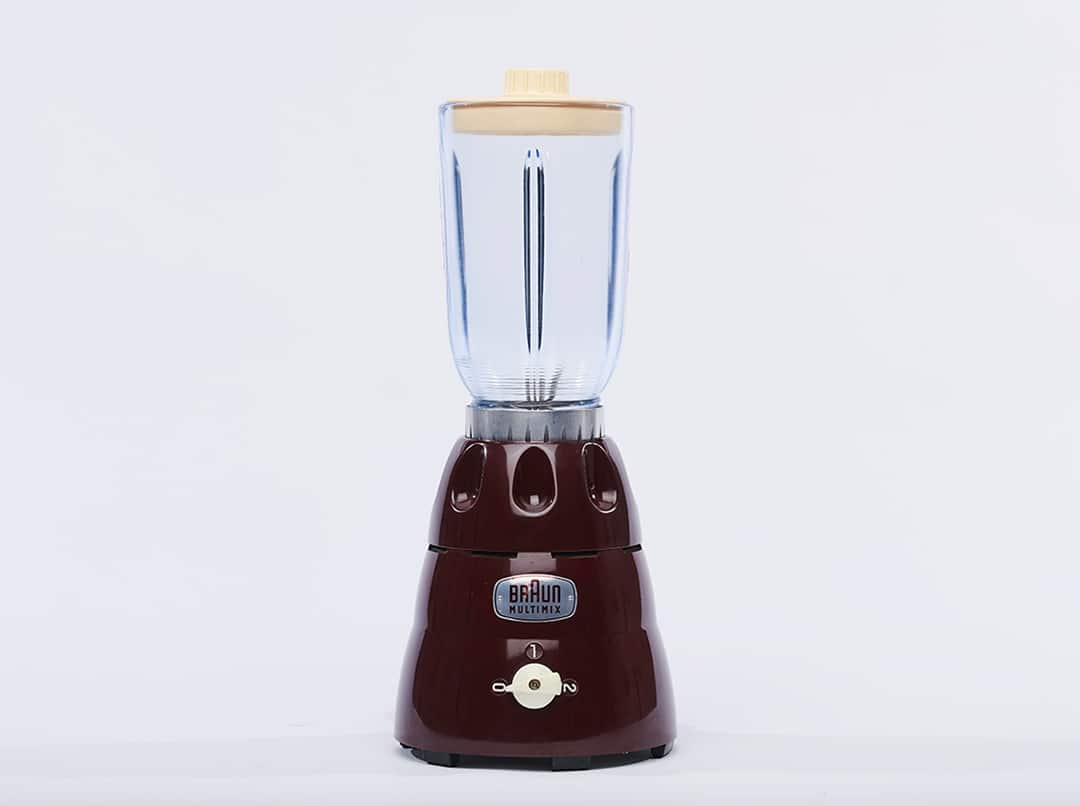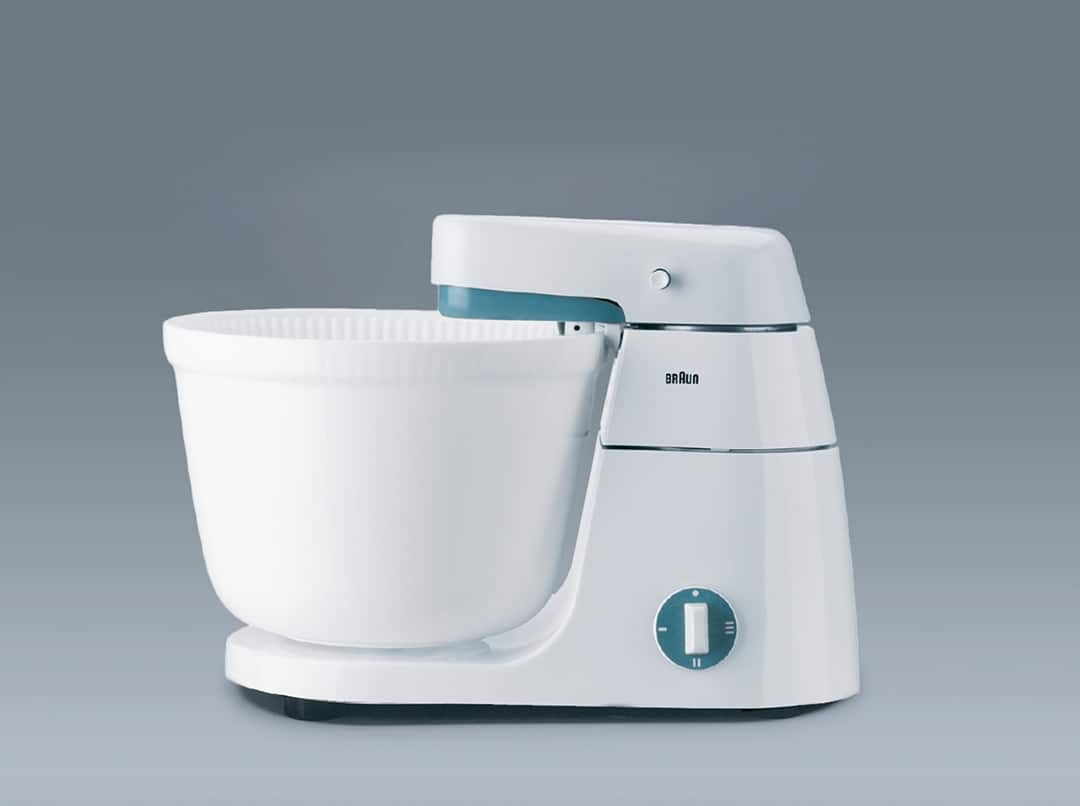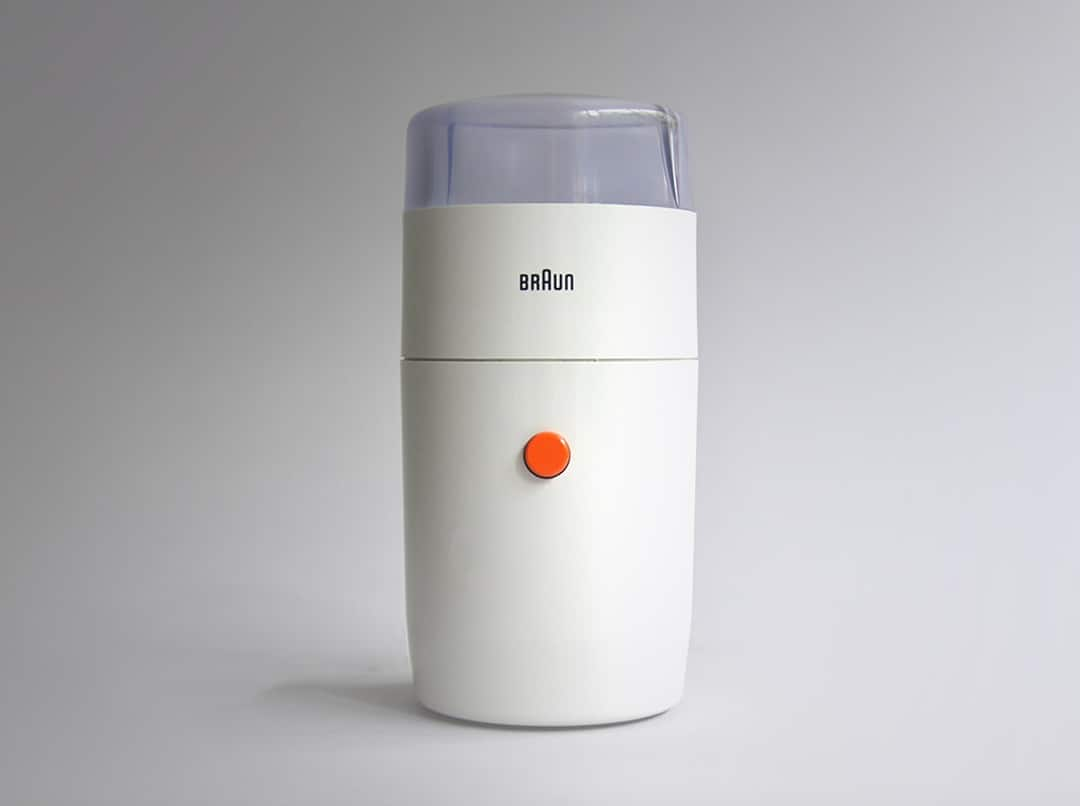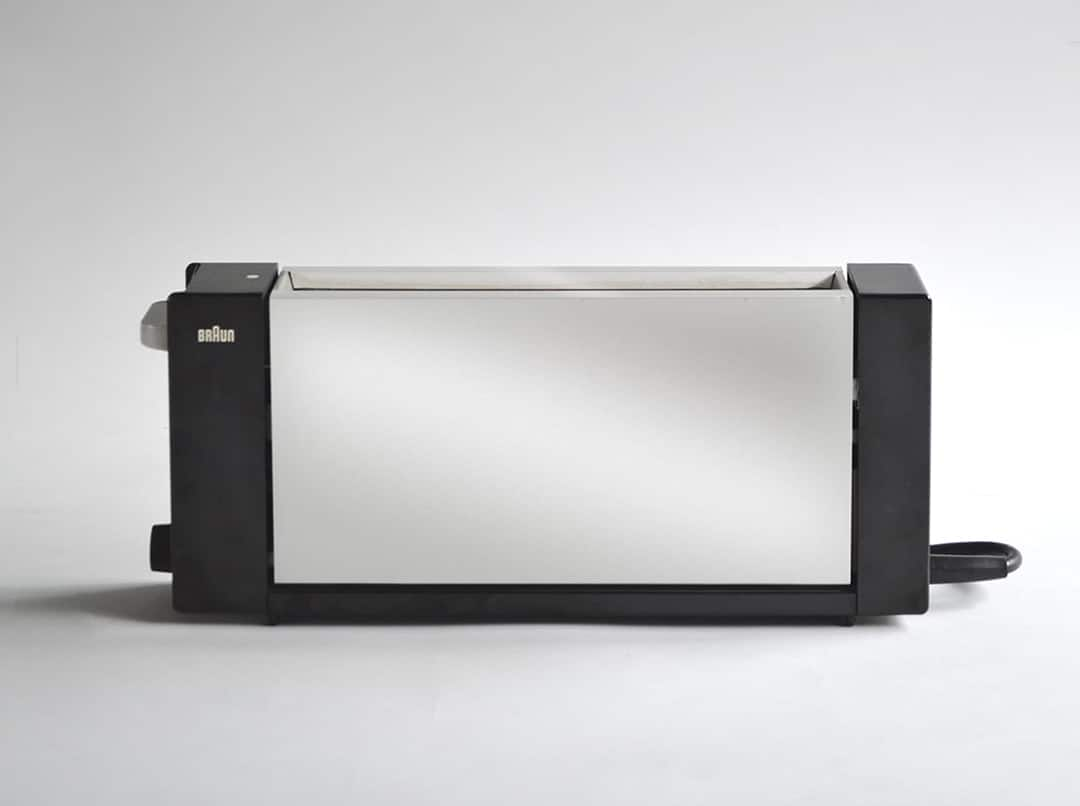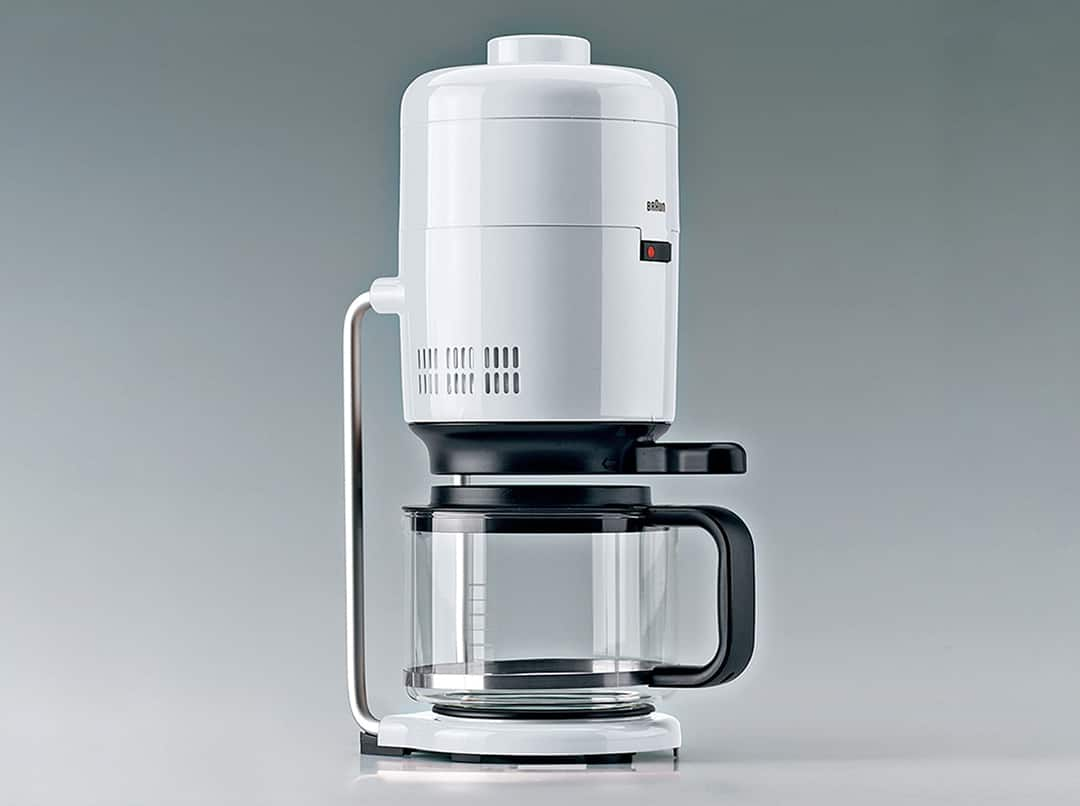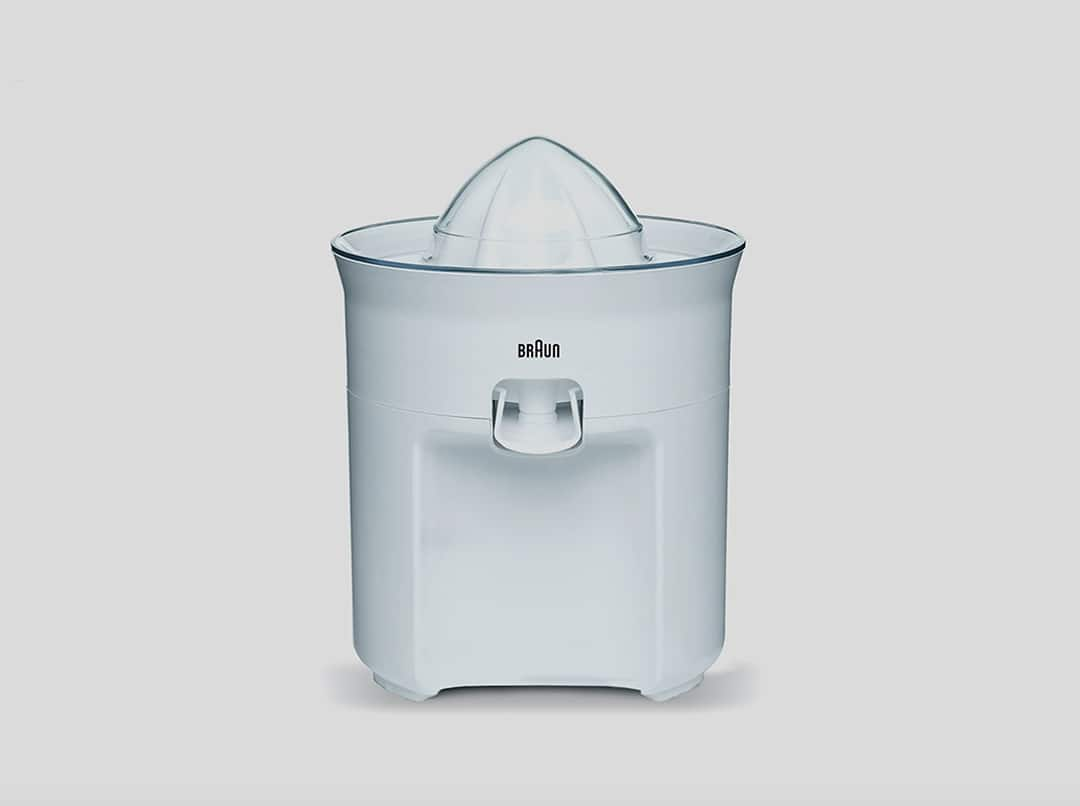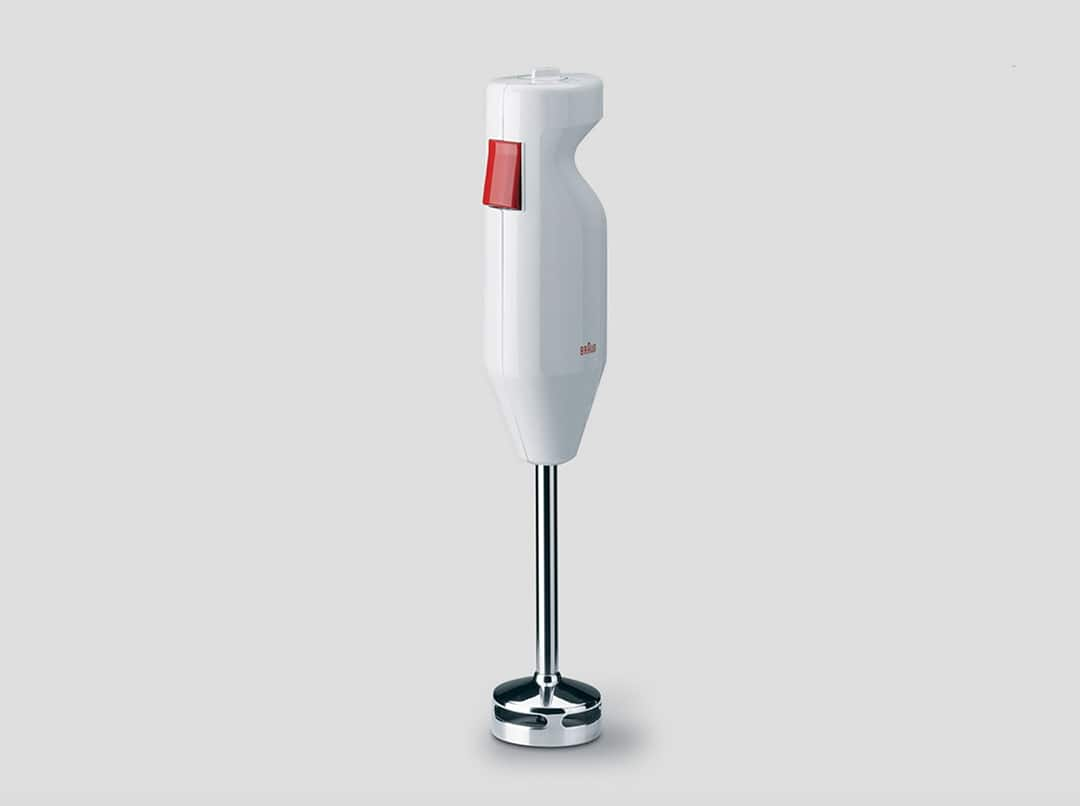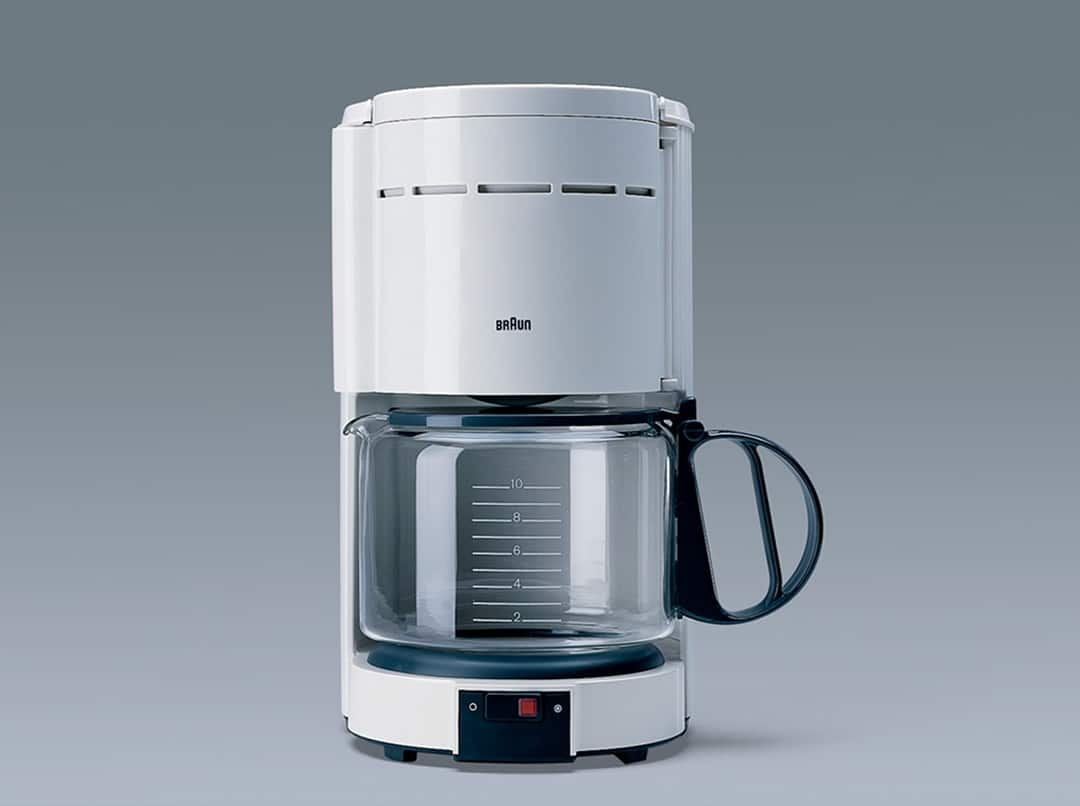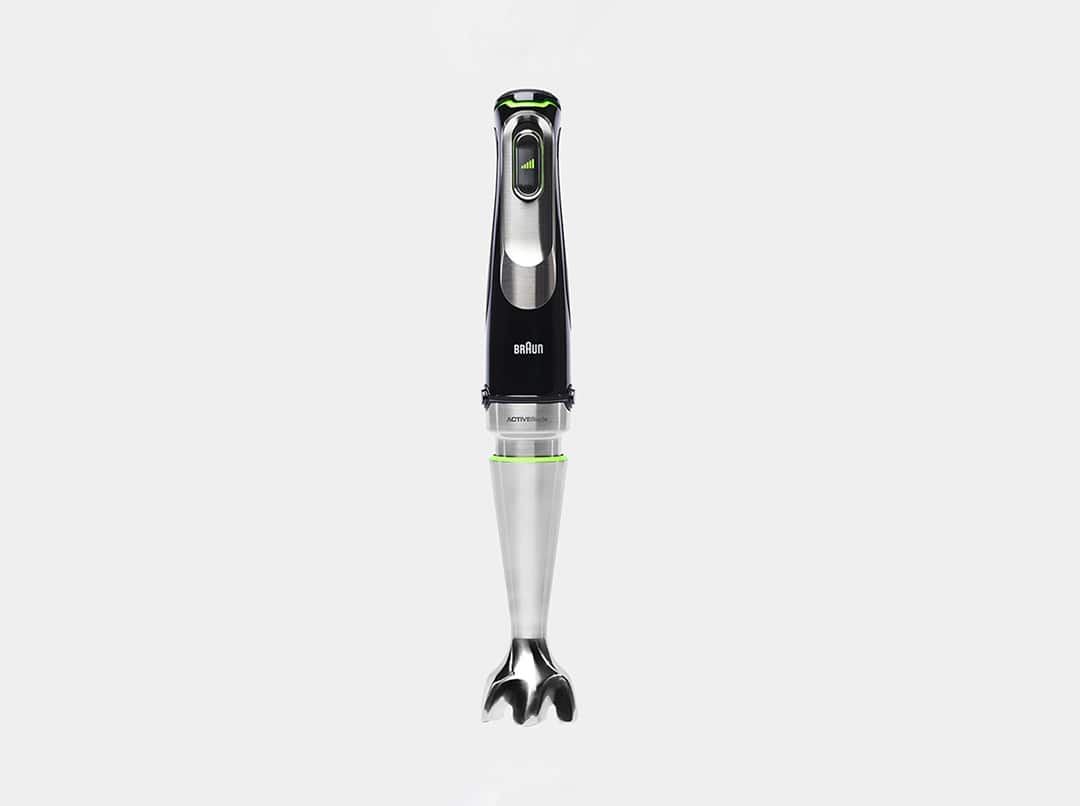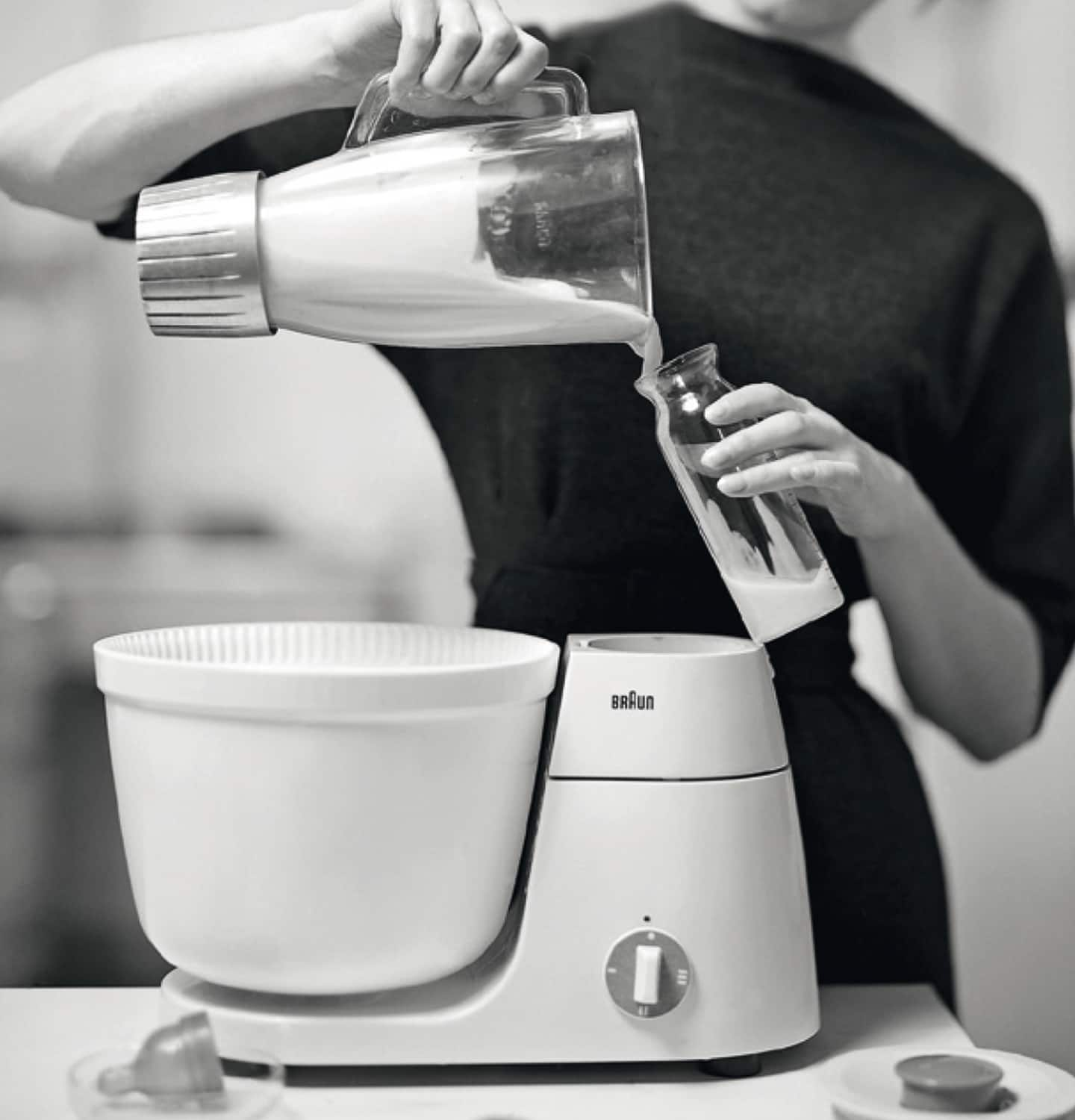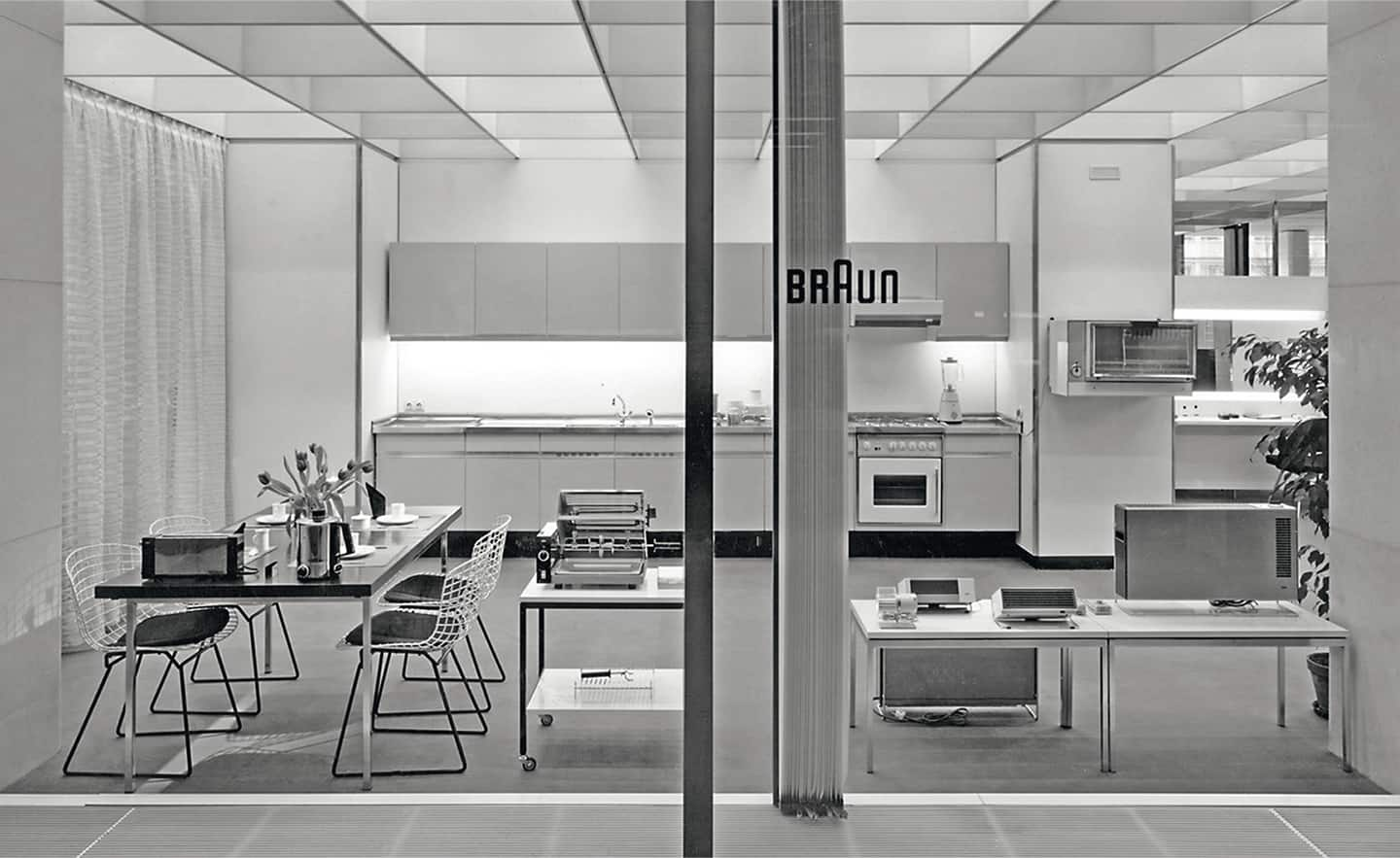Preparación de alimentos
Desayuno
Promociones
Inspírate
Preparación de alimentos
Desayuno
Promociones
Inspírate

Las mejores Minipimer Braun y sus accesorios
Comprueba su versatilidad.





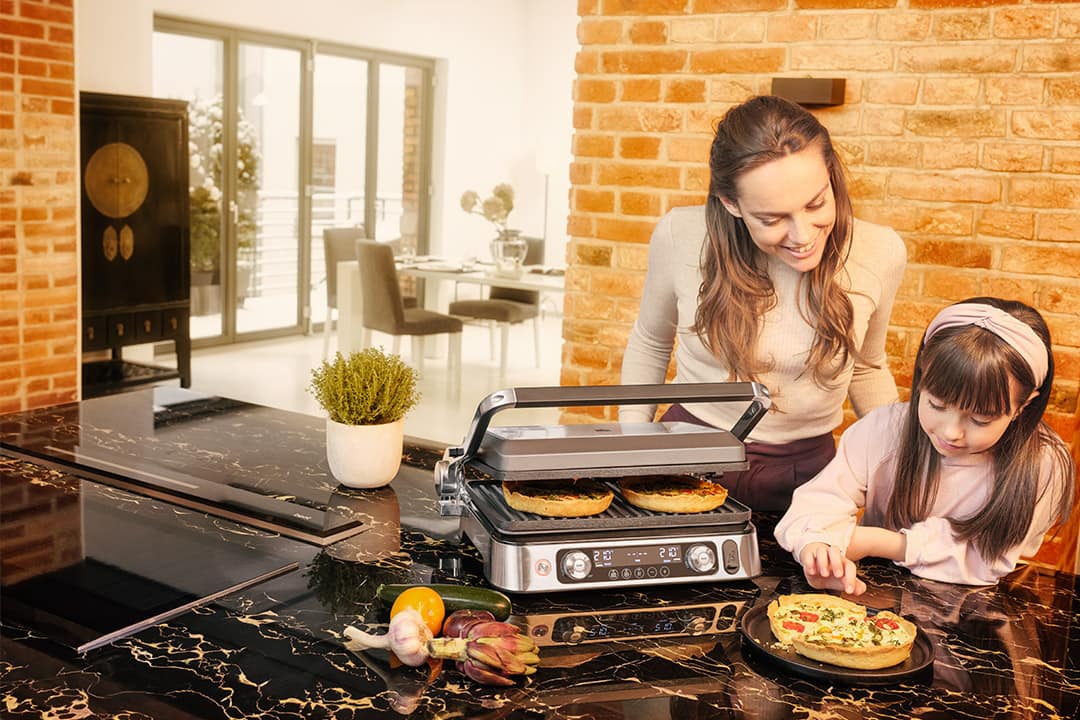
MultiGrill 9 Pro
Para unos resultados profesionales a la parrilla.




Freidoras de aire
Descubre la máxima comodidad.
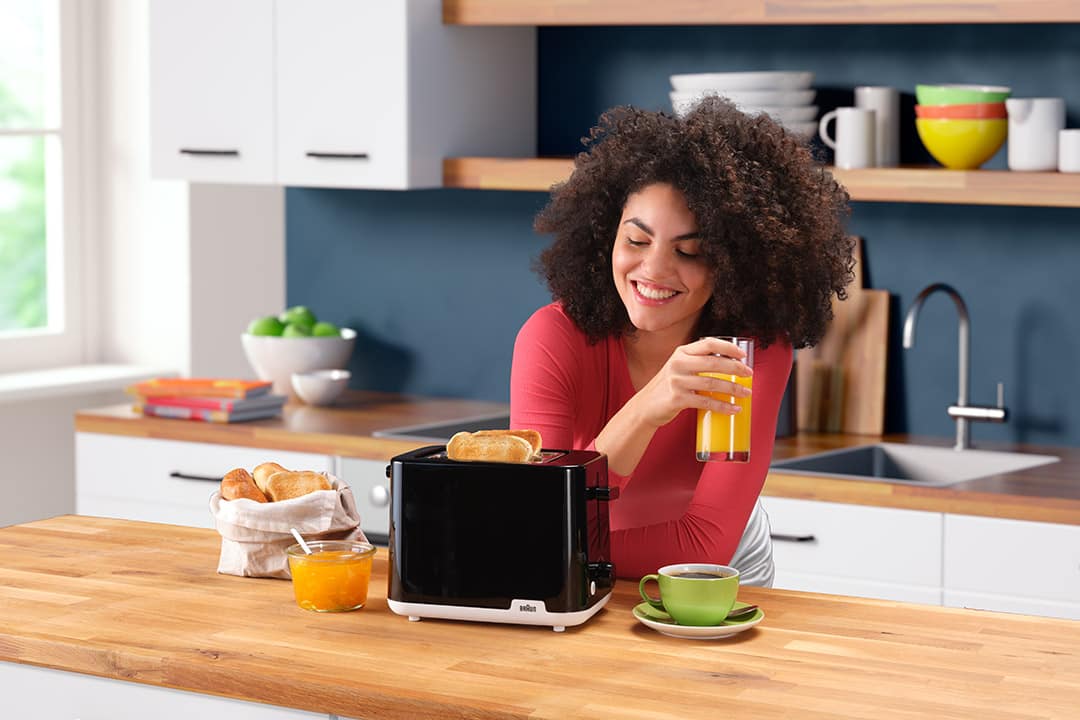
Breakfast Series 1
Todo lo que necesitas para empezar bien el día.






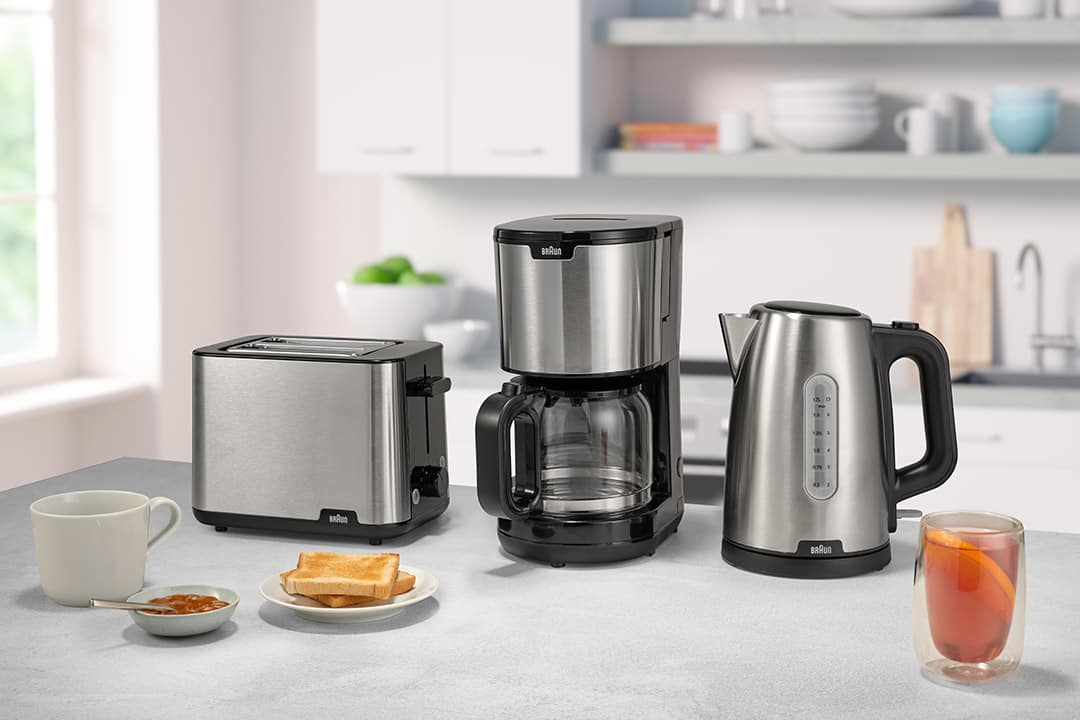



Centros de planchado
Ahorra un 50%* de tiempo para lo que realmente importa.
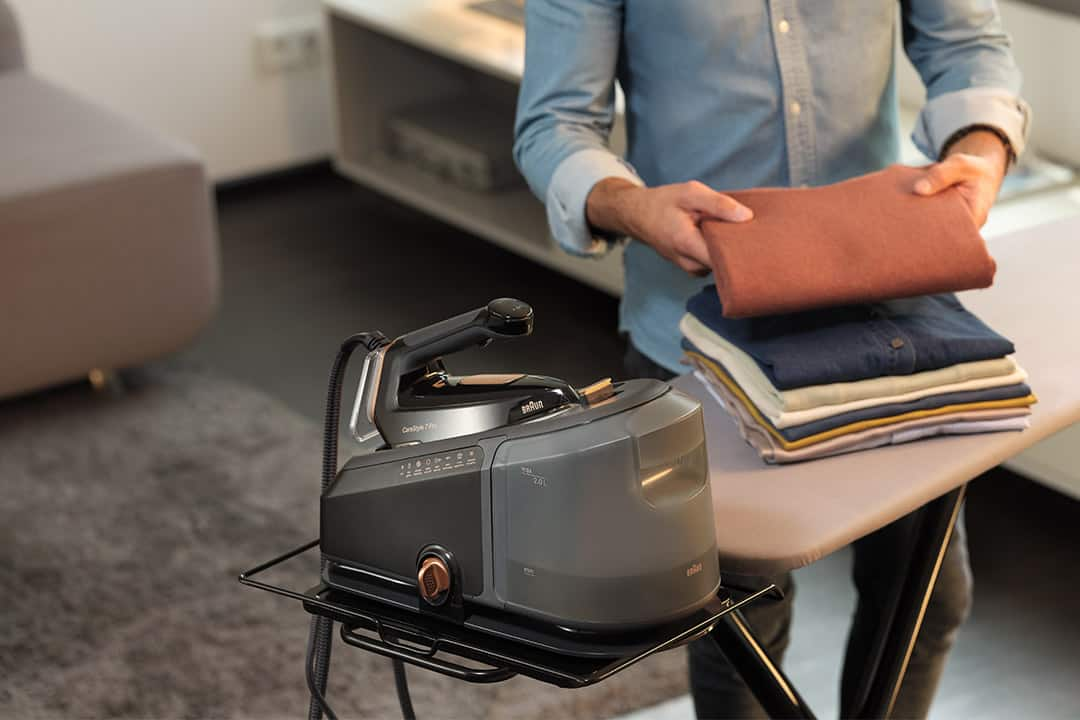




¡Ya han llegado los Braun Days!
Ahorra hasta un 25 % en una selección de productos.

Gran DeBATE
El Gran DeBATE del verano tiene un claro ganador.
Prepáralo como lo hace tu abuela con Braun Minipimer.

Promoción Steam & Gift
Compra un centro de planchado y elige cuál de los productos seleccionados quieres recibir gratis.

Por la compra del nuevo CareStyle 9 en El Corte Inglés
Consigue gratis una tabla de planchar Braun

Pruébalo gratis 100 días

5 años de garantía
En todas las Minipimer, planchas de vapor y centros de planchado de las series 5, 7 y 9, MultiFry 5 y TwinCook 3

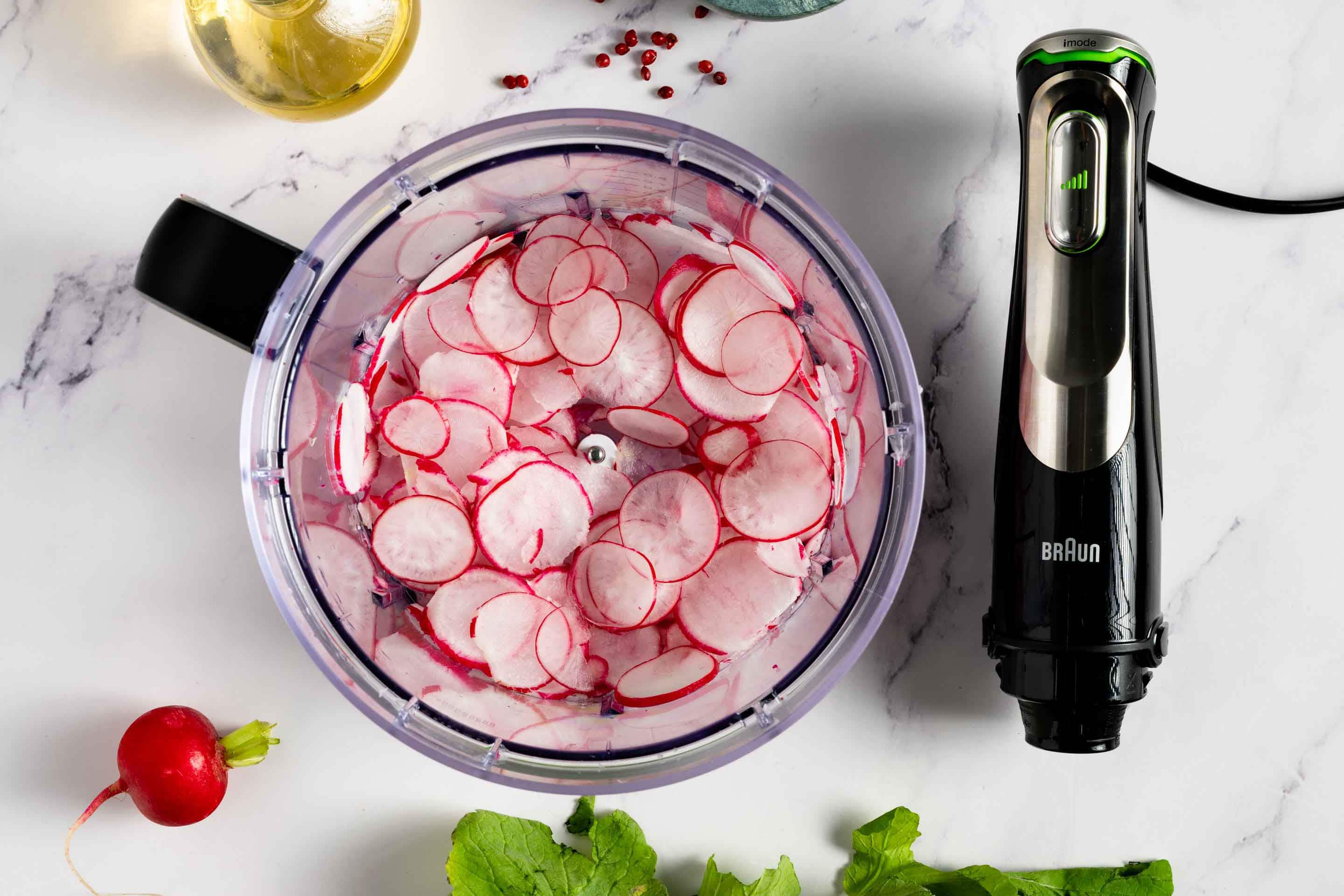


Come sano, vive feliz
Comer saludable nunca fue tan fácil

Recetario
Recetas divertidas y sencillas de Braun.

Función de higienización
Acaba con más del 99,99% de los virus y bacterias¹.

